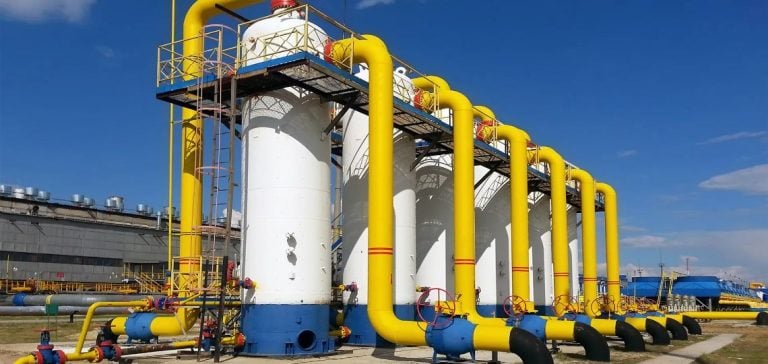The condensate cargoes from Australia’s North West Shelf (NWS) scheduled for December have been valued lower compared to the previous month, as end-users reduce their orders due to weak petrochemical margins, according to market sources.
For the December trading cycle, three 650,000-barrel cargoes of Australia’s North West Shelf condensate were scheduled, up by one from the previous month, according to market sources. Shell holds the first cargo to load from December 2-6, Woodside Energy has the second cargo for loading from December 16-20, and Chevron holds the final cargo for loading from December 30-January 3.
Market Conditions and Valuations
Despite most of the November-loading condensate barrels clearing in the spot market, market participants remained bearish for December-loading condensate barrels amid narrow downstream margins, valuing NWS at a discount in the $5s-$7s per barrel compared to Platts Dated Brent crude assessments, FOB.
In comparison, November-loading condensate barrels were traded at a discount of $6s per barrel over the same benchmark.
Buyers’ Strategies and Preferences
“Margins are bad—the point is whether buyers need to run [their operations] or not, and they are buying just enough to run,” said an Asia-based trader, adding that end-users are turning to naphtha instead as it is cheaper to purchase directly than to split condensate.
Meanwhile, regular supply is anticipated for fresh December-loading cargoes, with minimal disruptions expected for the supply of Gorgon and Wheatstone grades, despite workers starting strikes at Chevron’s two LNG facilities in Australia on October 10, according to market sources.
Absence of Purchases by Pertamina
Adding to the bleak outlook, Indonesia’s Pertamina has not purchased any condensate barrels for December loading, having instead opted to seek naphtha barrels, according to market sources.
Stable Demand for Heavy Full-Range Naphtha
Demand for heavy full-range naphtha remained stable despite reduced splitter runs, according to market sources. “Splitter runs are likely to come under pressure amid reduced demand and lower margins from petrochemical, gasoline, and middle distillates sectors,” said analysts from S&P Global Commodity Insights in a report.
In the most recent spot tender concluded for heavy full-range naphtha, South Korea’s Hanwha TotalEnergies purchased at least 25,000 metric tons of grade C heavy full-range naphtha for H2 November delivery at a premium in the high single digits per tonne compared to Platts Japan naphtha assessments, CFR, pricing over H2 October prior to delivery.
Some recovery in the aromatics margin over the past weeks may have prompted higher award levels, market sources said. Platts assessed the spread between Platts CFR Taiwan/China paraxylene and C+F Japan naphtha physical at $198.795 per tonne at the October 11 Asian close, Commodity Insights data showed. The spread was at its lowest at $168.67 per tonne on September 18 and has been on an uptrend since, albeit still hovering below the typical breakeven level of $280-$300 per tonne.
Previously, Hanwha TotalEnergies purchased one 25,000-metric ton cargo of grade C heavy full-range naphtha for H1 November delivery to Daesan at a premium of $3.50 per tonne compared to MOPJ naphtha assessments, CFR, with pricing over H1 October prior to delivery.
Kuwait’s KPC sold 75,000 metric tons of full-range naphtha at a premium of $19-$20 per tonne compared to Platts Arab Gulf naphtha assessments, FOB, with pricing five days after the bill of lading, for October 3-5 loading, Commodity Insights reported earlier.
Meanwhile, Indonesia’s Pertamina issued a tender seeking 44,000 metric tons of naphtha as splitter feedstock for November 10-12 delivery to TPPI Tuban. The tender closed on October 9, with validity until October 11.
This is likely a reissue of PT Kilang Pertamina’s previous two tenders that sought the same volume of naphtha over the same delivery dates for TPPI Tuban. The first tender closed on September 24, with validity until September 27, while the second tender closed on October 3, with validity until October 7, Commodity Insights reported earlier. Award details could not be ascertained.






















